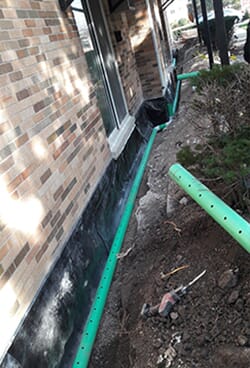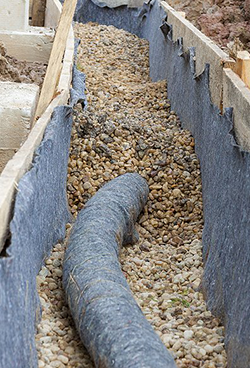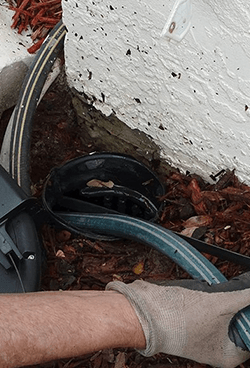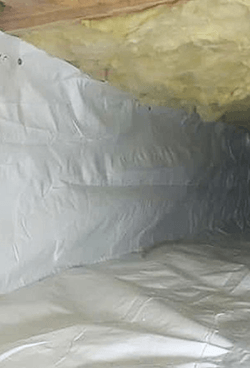"The Company with a Big Heart", We Treat You Like Family.
Request an Estimate
Homepage Request an Estimate Form
We appreciate you contacting us. One of our colleagues will get back in touch with you soon!
Have a great day!
Please try again later.
Waterproofing and Sewer Services
Free Estimates
Over 30 Years' Experience
Veteran and Military Discounts
Hours:
Second Generation Waterproofing Company With Over 30 Years' Experience
Family and locally owned Chicagoland Waterproofing evaluates the needs of your property’s ground services and solves them in ways you have never thought possible. We're a full-service waterproofing company — we dig out your basement and pour your concrete. Unlike other waterproofing companies, we do not outsource any part of your project. Our company works harder than any contractor to earn your trust, while keeping our prices very competitive. Ask about our lifetime transferable warranties. Veteran and military discounts are available.

Basement Waterproofing
Let Chicagoland Waterproofing preserve your home's integrity by preventing water from accumulating in your yard and near the foundation of your home, keeping your basement dry and safe.

Drain Tile Sytems
Our five-step process includes excavating your current basement floor and installing foundation drain tile. We then install Aqua Drain Curtains around the foundation to waterproof and expel any water.

French, Yardage Draining
Low spots in your yard can pool water. You need better yard drainage. Our French drains will provide an easy channel for water to flow through, redirecting surface water and groundwater away from an area.

Underground Downspout
Chicagoland Waterproofing can install a downspout extension system to drain water away from your foundation. We bury it beneath your yard to keep the pipe safe from lawn mowers and out of your way.

Egress Window Wells
Egress windows act as a safe escape route in case your home has a fire and other points of exit are blocked, or are too dangerous to pass through. We will properly install your window wells and maintain your drainage pipes.

Crawlspace Ecapsulation
If you're experiencing indoor air quality issues or your hardwood flooring is buckling, excess moisture in your crawlspace could be the culprit. Contact us for expert crawlspace insulation and encapsulation services.
Satisfied Client Reviews
SERVING
Chicagoland, IL
and Surrounding Areas


Share On: